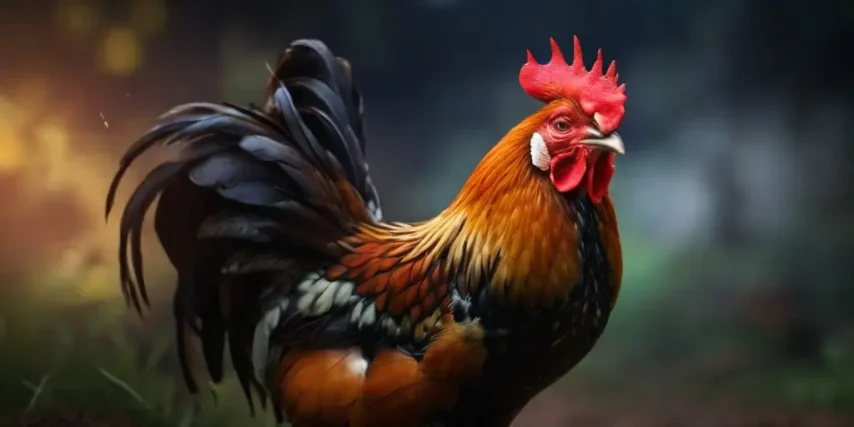The Dawn Chorus: Unveiling the Mysteries of the Rooster’s Morning Call
As the sun timidly stretches its golden fingers over the horizon, a familiar sound echoes through the tranquil morning air – the crowing of a rooster. This age-old ritual has been ingrained in human culture for centuries, symbolizing the beginning of a new day and stirring the sleepy world into action. But why do roosters crow every morning, and what secrets lie behind this seemingly simple act? Join me on a journey as we unravel the mysteries of the rooster’s morning call.

The Role of Circadian Rhythms:
To understand the rooster’s behavior, we must first delve into the realm of circadian rhythms. Like humans, animals possess internal biological clocks that regulate their daily activities, including sleep-wake cycles. Roosters, being diurnal creatures, are most active during the day and rest during the night. Their crowing serves as a natural alarm clock, signaling the break of dawn and heralding the start of their day.
Social Signaling and Territoriality:
Beyond its role in marking time, the rooster’s crow serves as a form of social signaling and territorial communication. In the wild, roosters crow to assert their dominance and proclaim their territory to rivals. Even in domestic settings, where territorial disputes are less common, roosters continue this instinctual behavior as a means of establishing hierarchy within the flock.

Biological Imperatives:
Apart from its social significance, the crowing behavior of roosters is also driven by biological imperatives. Studies have shown that crowing is influenced by hormonal changes, particularly the surge of testosterone in the morning. This hormonal cascade triggers a cascade of physiological responses, including vocalization, as roosters assert their vitality and readiness to mate.
Environmental Stimuli:
While internal factors play a significant role, external stimuli also influence the timing and frequency of a rooster’s crow. Environmental cues such as light intensity and temperature can act as triggers, synchronizing the rooster’s internal clock with the natural rhythms of day and night. Additionally, the presence of other auditory stimuli, such as the sounds of neighboring roosters or the rustling of prey, can prompt a rooster to crow in response.

Cultural and Symbolic Significance:
Beyond its biological and behavioral underpinnings, the rooster’s crow holds deep cultural and symbolic significance in many societies around the world. In ancient folklore and mythology, roosters are often associated with solar deities and fertility rites, symbolizing renewal, rebirth, and the triumph of light over darkness. In some cultures, the crowing of a rooster is believed to ward off evil spirits or bring good fortune, leading to various customs and rituals centered around this auspicious act.
In conclusion, the crowing of roosters every morning is a complex phenomenon shaped by a myriad of factors, including circadian rhythms, social dynamics, biological imperatives, and environmental stimuli. Far from being merely a mundane occurrence, the rooster’s morning call embodies a rich tapestry of biological, cultural, and symbolic meanings that have fascinated and captivated humanity for generations. So the next time you hear the familiar sound of a rooster crowing at dawn, take a moment to appreciate the intricate dance of nature unfolding before you, and remember the ancient bond that connects us to the rhythms of the natural world.







